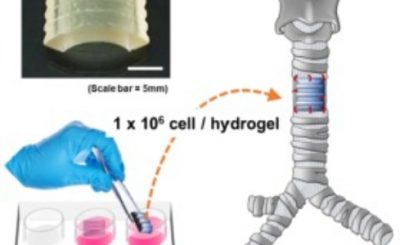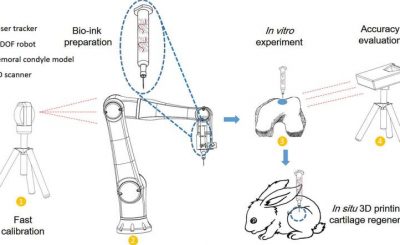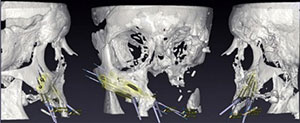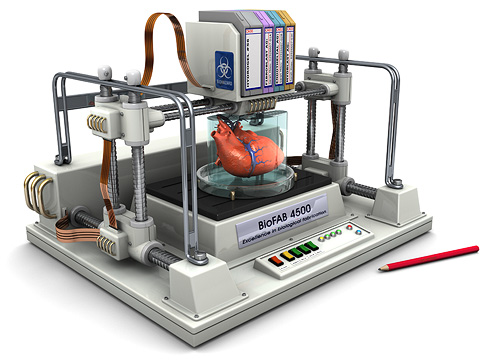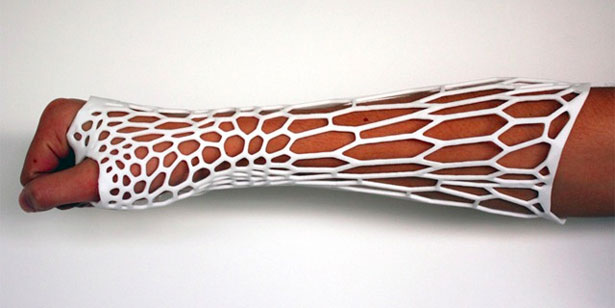3D printed pharmaceuticals could lead to extreme personalization of medications by 3D printing exact doses for patients, depending on daily biochemistry and doctors’ recommendations. And, in the extreme, it might even be possible for clinics, pharmacists, and others to 3D printing these drugs on-location, combining chemical compounds to yield medicines on demand. Both of these applications are still a long way off, but, today may mark an historic moment for 3D printed pharmaceuticals as the US Food and Drug Administration has approved the first 3D printed drug.

As you can tell, this is just a very small step towards 3D printed medication and other technologies are still to be explored. What I’ve learned from this industry, however, is that, if one company, person, or organization is pursuing a technology or process, there are definitely others doing the same. We may soon see the fruit of work by researchers like Prof. Lee Cronin, who is experimenting with 3D printing pharmaceutical kits that combine multiple compounds to form medications upon printing.

